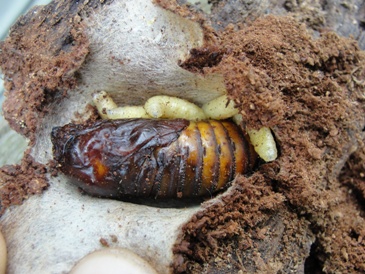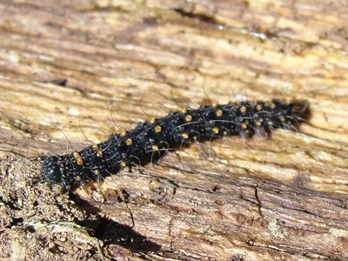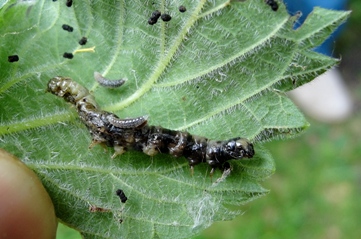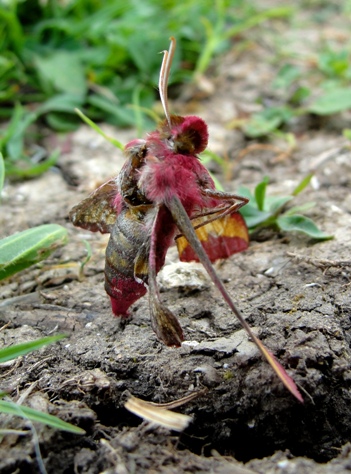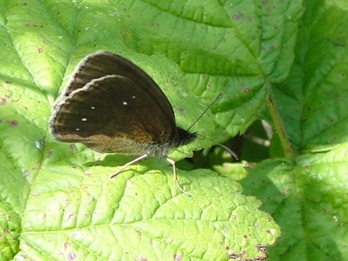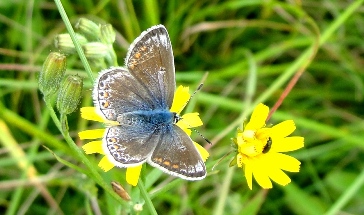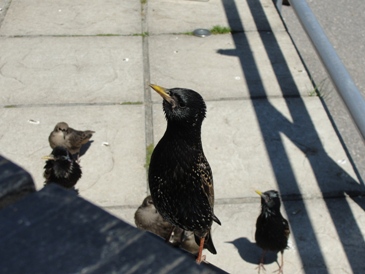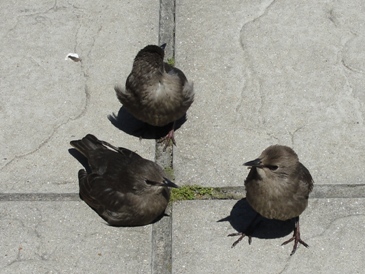It is vitally important for dead wood to hang around, especially as standing trees. these days so much dead wood or dying trees are removed in the wake of namby pamby health and safety laws and regulations. we risk losing many of our very important insects,birds and bats and fungi due to the removal or trees,branches, trunks,roots or just logs on the ground, especially oak. Many species of animals depend on dead and dying trees foe their survival and many species are very rare or on the brink of extinction. In Europe many iconic insect species have gone and now as Britain takes on more European laws we are heading in the same direction. some of the oldest trees we have are oaks and many of these now only remain in parks and stately homes. I have seen many dead trees removed along with the important ecosystems they support. some species still exist and the New forest is the last home to many rare or endangered species of beetles and moths and flies. A search of the bases of oaks sometimes yield typical evidence of goat moths (Cossus cossus). this large moth as a larvae consumes oak timber by boring into the base of the trunk. the holes can be seen with frass(excrement) in piles at the entrances and pupal cases can be found. Here is a dead specimen with hosts, flies as larvae about to pupate alongside. The fly is an endangered species.
The goat moth is uncommon but a much less common moth species is the waved black (Parascotia fuliginaria). the larvae of this small mottled brown species feed on fungi under the bark.
This caterpillar was not parasitized but the one below was.
A small elephant hawk moth(Deilephila porcellus) was eaten by a small predator possibly a ground beetle.This uncommon moth is rarely seen, but occasionally visits moth lamps.It is mainly coastal in distribution and feeds on bedstraws
This is the main month for butterflies and it has been a good year for them so far with last year being great for many species(the previous three years were very bad for many species) so hopefully the ideal weather conditions this summer will produce masses of abundant species. A variation of the ringlet ( Aphantopus hyperantus) ) was seen at Martin down nature reserve a few days ago , I call it the starry ringlet ! as it has tiny white star like speckles instead of the usual small eyelets.
also a strange marked common blue female .
Most smaller birds have fledged many young and some are incubating their third broods by now although only a few species have time to do this. Starlings (sturnus vulgaris)usually have one brood and the young remain with the family group for the rest of the summer. The numbers of these colonial species have plumeted over recent decades but i think that their numbers are increasing again in some areas and in some areas they have remained stable for a long time. I see then nearly everyday around Bournemouth areas and some places such as christchurch and mudeford and Hengestbury, they are tame and can be hand fed at food outlets
The parents beg whilst the fledglings wait.

